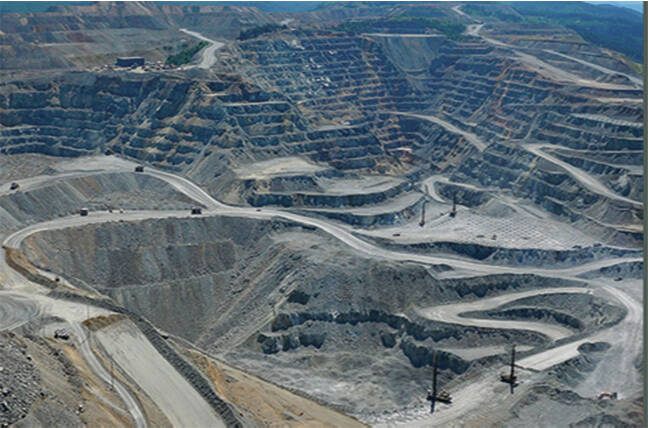The Mining Suppliers Association of B.C. is digging up new ways to be green.
The group has launched a campaign to highlight the changes being made to advance technology and make mining more green across the province.
In a seven-part video series as part of the ‘Redefining Mining’ campaign, different examples of new technology and eco-friendly initiatives are explained.
The main goal of the campaign itself is to raise awareness of the work being done, while also putting faces to those who work in B.C.’s mines, according to Alec Morrison, president and CEO of the association.
The industry goal however, is to reduce emissions, pushing the mining industry in a carbon-neutral direction.
Morrison said two big environmental challenges are driving emissions from trucks driving the product to and from ports, and the amount of on-site presence required at closed sites.
To mitigate this, Arrow Transportation is using technology that will track the amount of emissions each truck is producing. This data can then be applied to the ongoing research to produce trucks that run on hydrogen power.
READ MORE: Critical mineral chase may be opening B.C. up to new mining opportunities
Another mitigation intiative — being undertaken by JDS Energy and Mining — incorporates “passive closure.” Passive closure involves using natural land features like water and sun in mining operations instead of relying on machinery that would increase the carbon footprint.
Morrison said the best example of passive closure can be seen with water.
“If you’re controlling water at the site, traditionally the way of managing water is to use pumps, to pump water between different locations. But, if you’re able to design your site so that gravity is moving that water instead of a pump, then you’re no longer relying on some mechanical parts to be working,” he said.
The association is also planning on installing solar panels at its site in Mount Nansen, Yukon, to allow for generators to be shut off in the summer and reduce year-round electrical powering.
“Ultimately, mine operators are looking to reduce and even end their reliance on fossil fuels for operations,” Morrison said. “Many of our members at the mining association have plans to be carbon neutral by 2050.”
Note: This story has been updated to clarify the roles of Arrow Transportation and JDS Energy and Mining.

